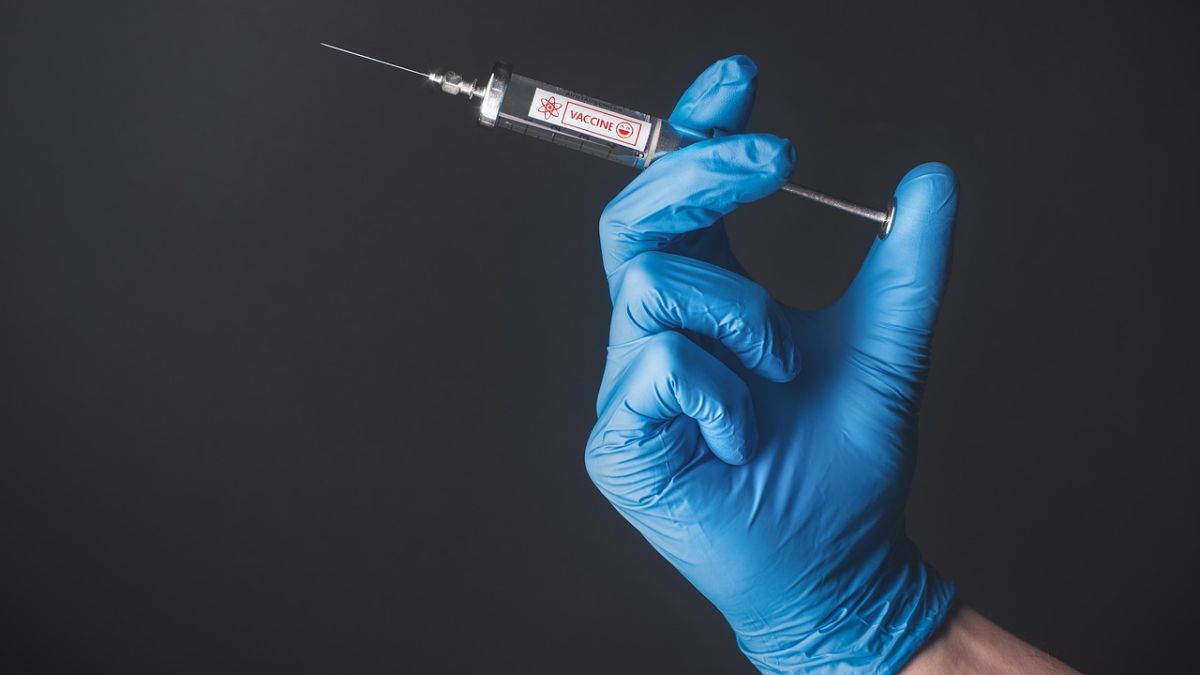Symptoms are similar to other Omicron subvariants, including fever, chills, shortness of breath, sore throat, fatigue, headache, nausea, vomiting, muscle aches, loss of taste or smell, and diarrhoea
Several western US states are seeing sharp increases in Covid-19 activity, with the latest Centers for Disease Control and Prevention (CDC) data showing wastewater virus levels at their highest since winter.
In an update released Friday, the CDC said national wastewater indicators have risen to a “moderate” level, up from “low” the previous week. Alaska, California, Colorado, Nevada and Utah are all classified as “high.”
“Wastewater monitoring can detect viruses spreading from one person to another within a community earlier than clinical testing,” the CDC said, noting that elevated levels often signal increased infection risk. California’s own tracking shows viral loads now surpassing last winter’s peaks.
Other metrics are climbing as well. As of Tuesday (August 12), infections were growing or likely growing in 45 states, up from 40 the previous week.
New variant ‘Stratus’ emerging
A new Covid-19 variant, XFG, nicknamed “Stratus”, has quickly risen to become the third-most common strain in the US this summer. First detected in Southeast Asia in January, it remained rare in the US until May but by late June was estimated to account for up to 14 per cent of cases.
Symptoms are similar to other Omicron subvariants, including fever, chills, shortness of breath, sore throat, fatigue, headache, nausea, vomiting, muscle aches, loss of taste or smell, and diarrhoea. Some patients have also reported a distinctive hoarseness or raspy voice, which could help distinguish XFG from other strains.
Physician Jon LaPook told CBS in July that summer upticks in Covid-19 are “typical” as people gather indoors to escape extreme heat.
Federal vaccine contracts cut
The surge comes as the US Department of Health and Human Services announced Tuesday it would end 22 federal contracts for mRNA-based vaccines, a technology credited with helping bring the pandemic under control.
The move has raised questions about the future of Covid-19 vaccine development.
End of Article

)

)